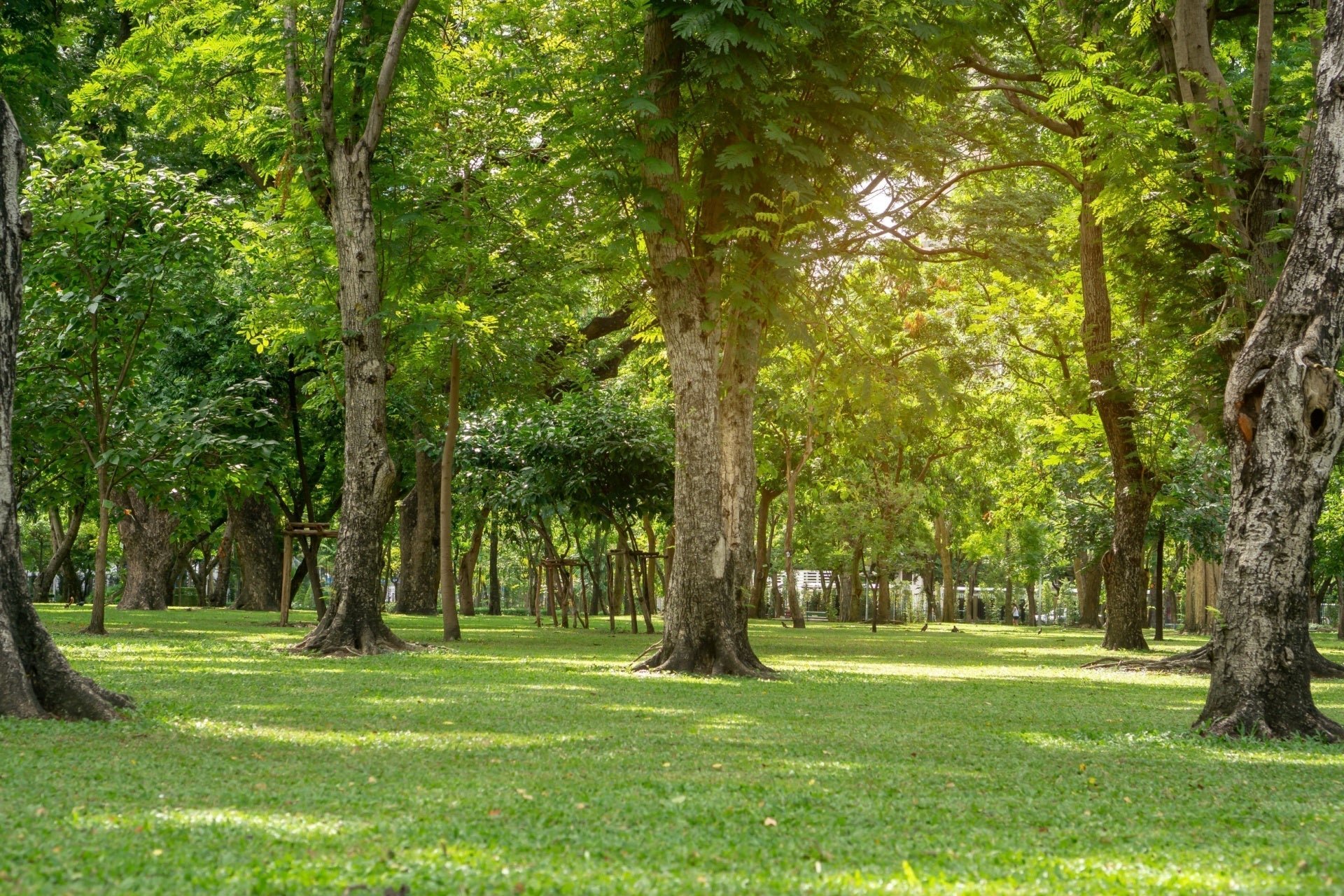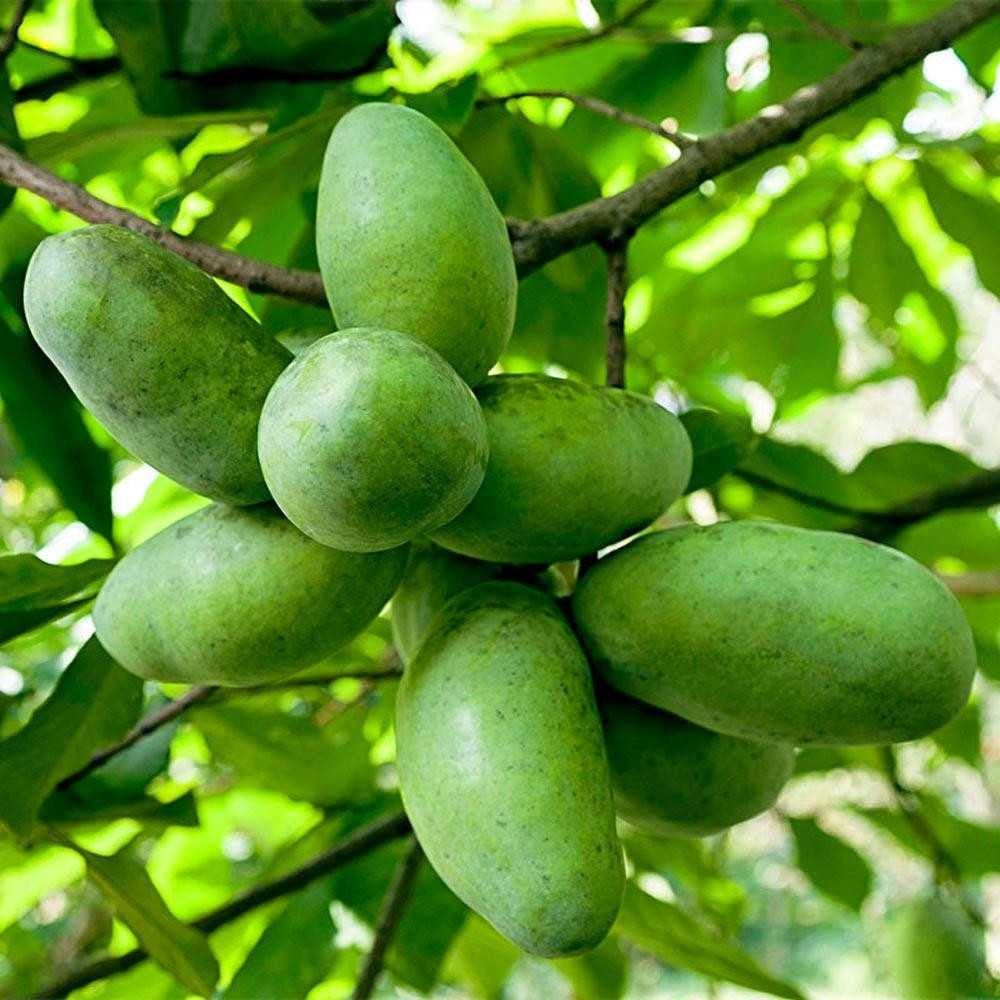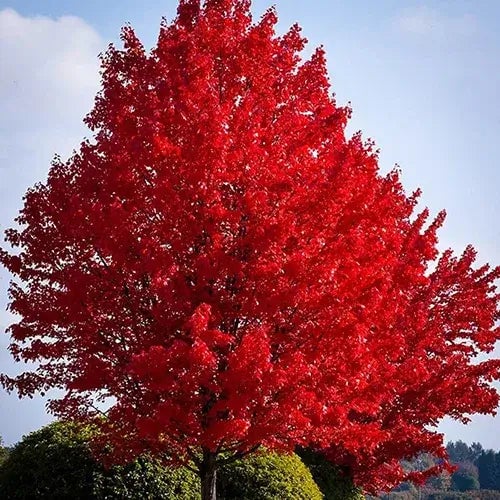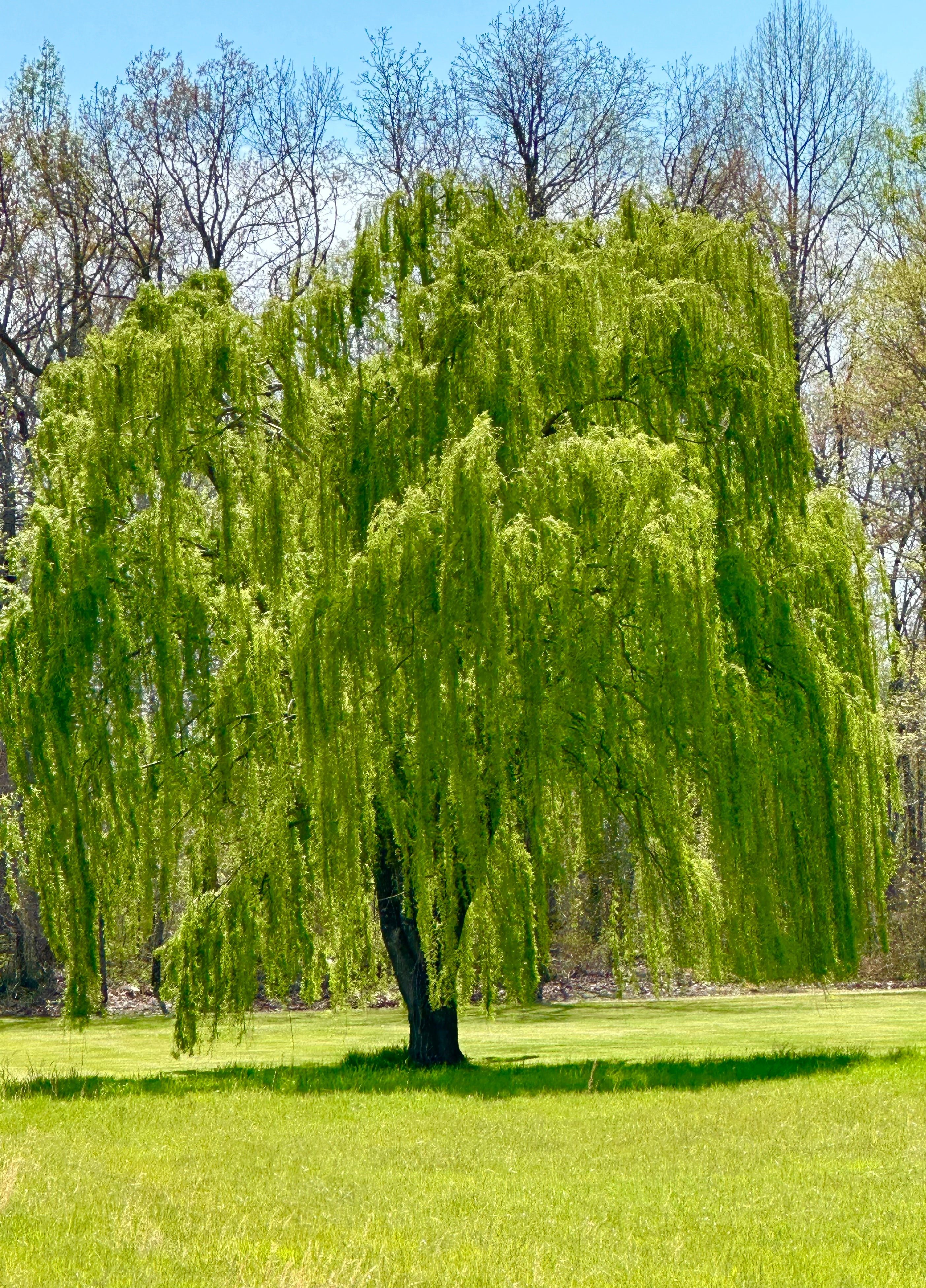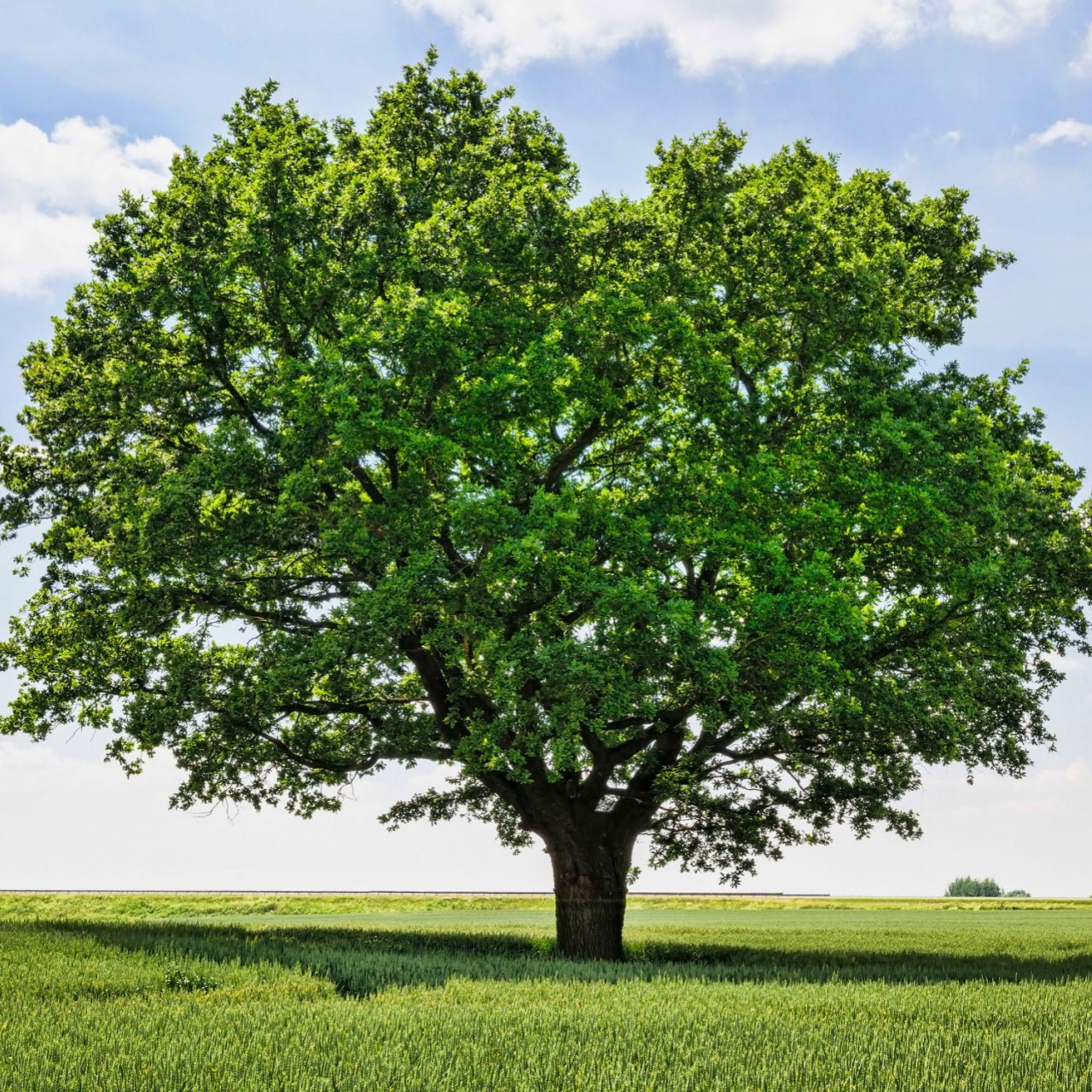What Benefits Do Landscaping Trees Deliver to Residential & Commercial Properties?
Trees remain a critical asset in landscaping that provides significant benefits. The challenge for many property owners involves deciding which trees best serve their needs and interests. Residential and commercial property owners must consider the mature height and width when planting trees near buildings.
It’s also essential to consider the direct sunlight, soil conditions, and other factors to ensure your trees succeed. That’s why landowners typically conduct due diligence or consult with a nursery professional. Considering the following benefits and popular trees in your decision-making may also prove helpful.

Benefits of Trees in Landscaping
Regarding landscaping assets, trees typically require less maintenance and care than other plants. They produce deep root systems and withstand incidents such as drought and flooding. People usually select trees daily because they provide robust shade and iconic fall foliage. All of these positives support improved property values. But the following benefits sometimes go unnoticed.
Enhanced Comfort: Integrating trees into a property promptly creates shaded areas. The type of tree you select does not necessarily have to enjoy a wide limb spread. Planting trees throughout the property peppers it with comfort spaces.
Save Money: Strategically integrating deciduous trees can reduce the direct sunlight your home receives during hot months, reducing the need for air conditioning and saving money. During the cold winter months, leaves fall to the ground, allowing direct sunlight to warm your home.
Environmental: Trees naturally process carbon and produce fresh air for people and wildlife to breathe. They help filter rainwater as it trickles into the aquifer we drink. Planting trees also augments the habitat options of birds and other wildlife.
Windbreak: Farmers and people with large tracts of land often plant rows of trees as protective windbreaks. These natural barriers remain less expensive and more effective than fencing.
Residential and commercial property owners find investing in trees wise. When included in a landscape design, they generally help raise property values.
Popular Trees to Consider Planting on Your Property
Although we carry a comprehensive inventory of landscaping trees, the Weeping Willow, Maple, and Oak highlight popular uses. To help you make informed decisions about how to employ landscaping trees, we hope these examples prove valuable.
Weeping Willow: The Weeping Willow ranks among the most iconic shade trees. This graceful tree matures to 40 feet, thrives near water sources, and grows approximately 24 inches annually. It is best known for its sweeping spread, reaching 35 feet; it remains one of the most popular shade tree assets.
Maple: Based on fall foliage, a wide range of trees can be selected for landscaping. Maple trees like Red, Silver, and Sugar offer fascinating and colorful leaves. Some varieties reach upwards of 70 feet or taller.
Oak Trees: Like Maples, trees enjoy diverse fall foliage. Oak varieties, among others, include White, Red, and Pin and can mature to 100 feet. Many landscaping professionals utilize Oak trees because they withstand high winds, resist pests, and the acorns support wildlife.
Willow, Maple, and Oak trees are mainstays in landscaping because they deliver shade, habitat benefits, and eye-catching fall foliage.
Read more
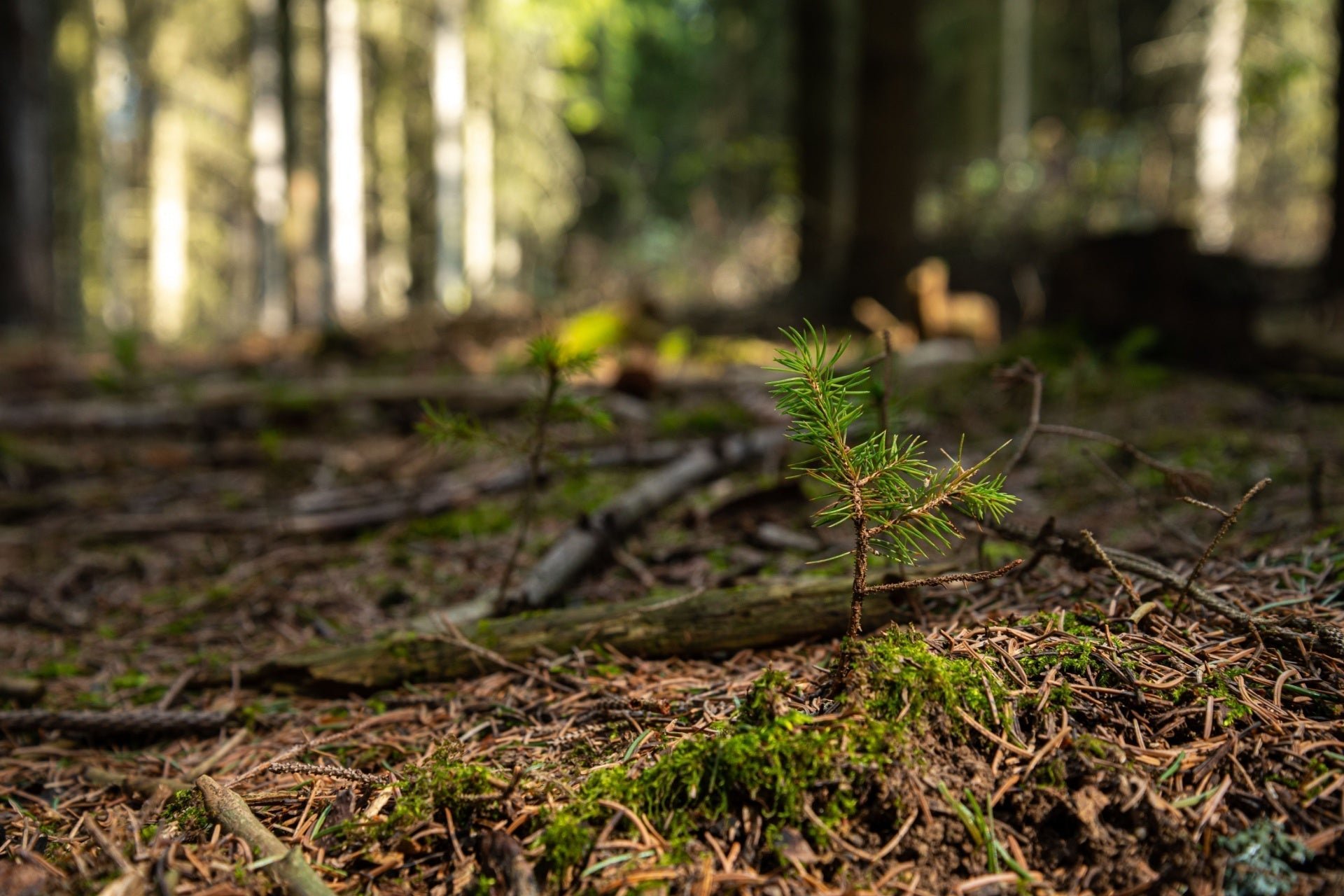
Discover why Yellow, Loblolly, and Bull Pine seedlings are top picks for reforestation, windbreaks, and lumber. They grow fast, adapt easily, and offer lasting value.
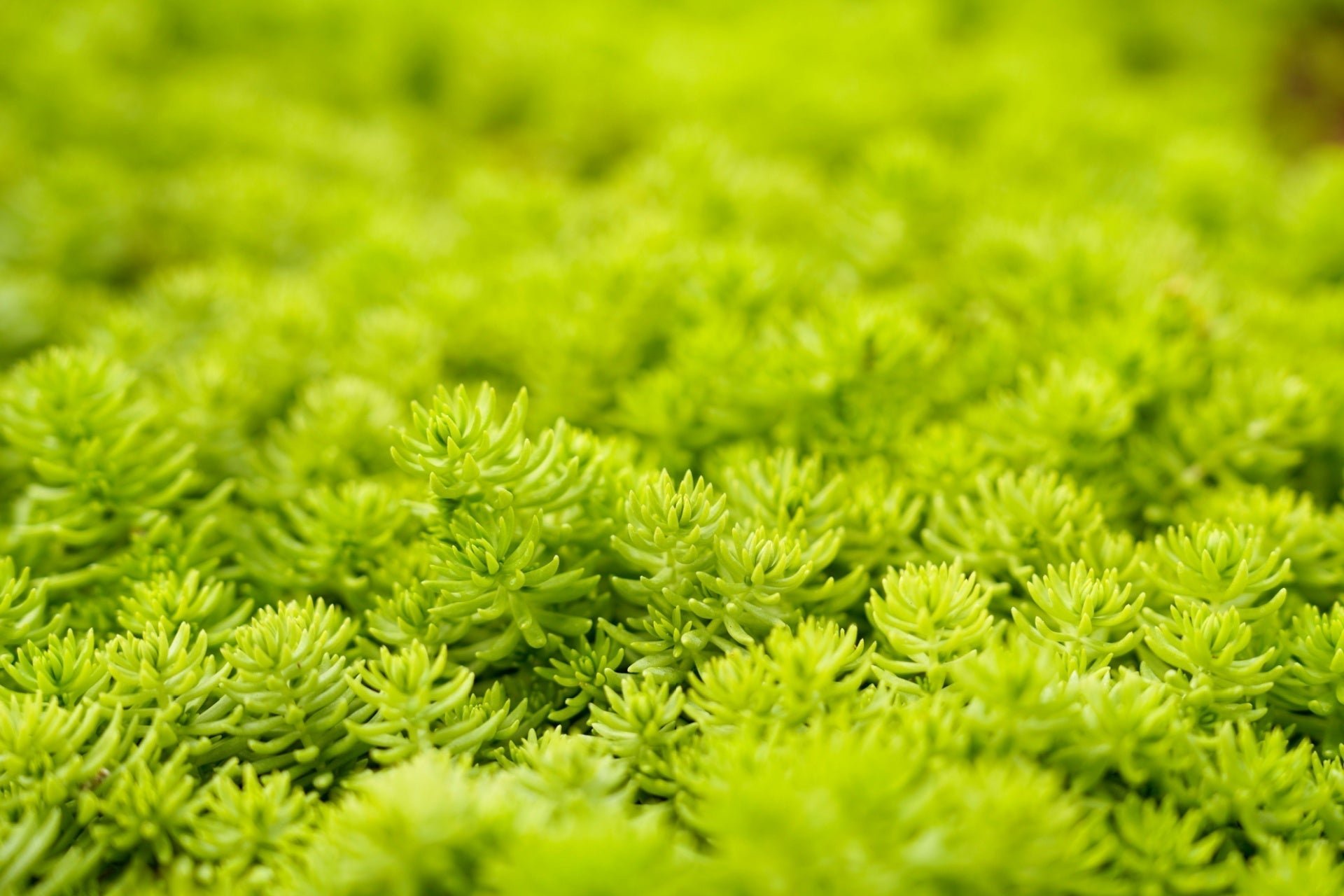
Moss thrives in shade with minimal care, filters pollutants, prevents erosion, and adds lush greenery. Varieties like carpet, cushion, and hair cap transform dull areas into vibrant landscapes.


